1969: Cavemen Prove Merit With CIF Title Share
The result of the Eastern League’s vote to determine its champion after a three-way tie for first was considered by some so egregious that even the coach of a potential playoff opponent led the shouting.
San Diego High was the selection of the league’s principals after the Cavemen finished with a 5-1 record, same as St. Augustine’s and Patrick Henry’s.
That the Cavemen were in the playoffs for the first time since 1960, following a 2-7 season in 1968, should have been enough for a collective doffing of headwear to Allan (Scotty) Harris.
Harris, a retired major and former coach of the San Diego Marine Corps Recruit Depot team, took over the Cavers’ program in 1968 and the team found its stride after a 2-3 start this season.
San Diego won the renamed City Conference playoffs and went on to tie County Conference titlist Escondido, 21-21, for the AA title, but not before critics, including Kearny coach Birt Slater, were heard, loudly.
REPRESENTATIVES SWAYED?
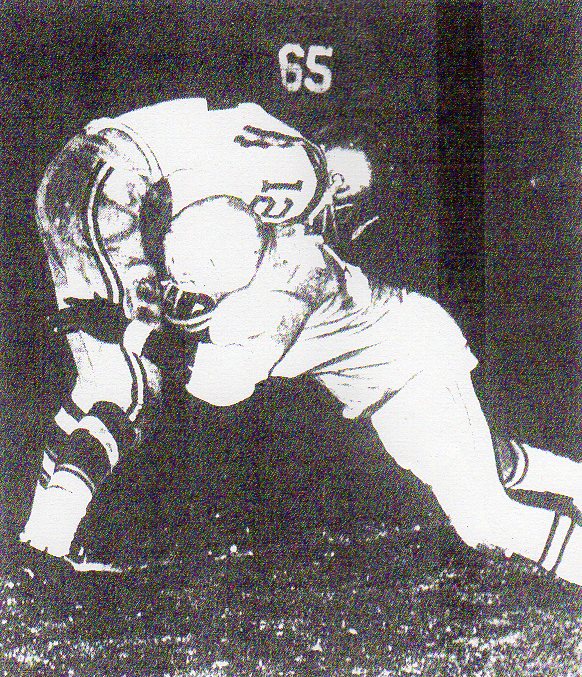
One complaint was that San Diego’s closing run of victories over Crawford (57-6) and Hoover (56-7) gained too much currency with the league’s voting representatives.
Another was that the Eastern League schools, by choosing the Cavers, “were punishing St. Augustine” for unproven charges of misconduct.
St. Augustine virtually had to shoot its way into the City Prep League in 1957 and some schools still chafed at the Saints’ perceived advantages of recruiting and in eligibility.
The most vocal beef was that St. Augustine’s head-to-head victory over San Diego and the Saints’ superior team statistics were dismissed.
The issue even got the attention of the San Diego Section board of managers, made up of district superintendents or their appointees.
The CIF bosses had been fielding their own dose of criticism from coaches, fans, and media about another subject, the short, two-week football playoff.
The bosses finally extended the postseason one week for the first time this season, allowing the two conference champions to play in a winner-take-all, AA title contest.
The ruling body of the San Diego Section also hung with the Eastern League, citing Article 24 of the CIF bylaws.
The article states…“leagues shall determine their own champions in any way they see fit, provided their methods are not contrary to the rules of the San Diego Section.”
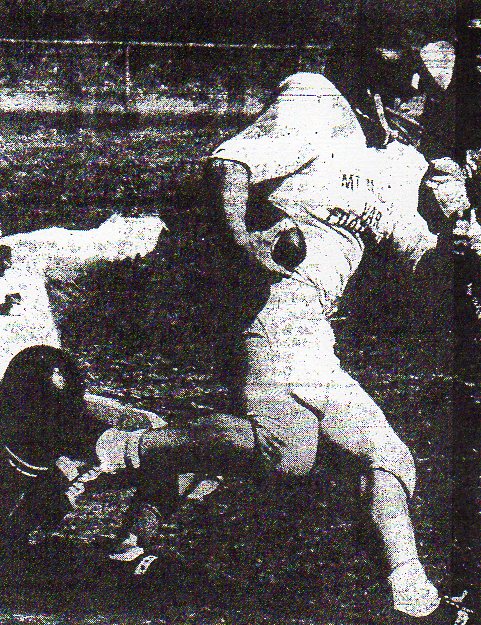
THREE-WAY LOSSES
San Diego entered the playoffs with a 6-3 overall record and with a 21-14 victory over 6-3 Patrick Henry but with a 24-21 loss to St. Augustine, which was 8-1 and with a 7-0 loss to Henry.
The eight playoff teams, four in each conference, posted a combined record of 62-11.
Escondido (9-0) was the County’s top seed. Kearny (9-0) was the City’s top seed and would play a lower-seeded, at-large team, one that was to be added to the bracket after league winners were positioned.
SLATER CODE RED
Kearny suddenly was forced to the take on at-large St. Augustine in the first round.
Birt Slater fumed. He figured his first opponent would be San Diego, a team the Komets whipped, 21-7, early in the season.
“There is no question which team proved itself this season,” Slater told Bill Finley of the Evening Tribune. “It would (even) have made more sense to choose Patrick Henry than San Diego. At least (Henry) was good enough to beat San Diego.”
Slater compared the San Diego selection to a student who “flunks the first half of the semester, then passes the second half. You don’t give him an ‘A’.”
RURALS DISTRUSTFUL?
Slater veered direction. “The reason we have two separate playoffs (since 1967) is because the County has always distrusted us. This is why.”
The Kearny mentor, a former San Diego High assistant, was referring to a selection process the County felt always favored the city schools.
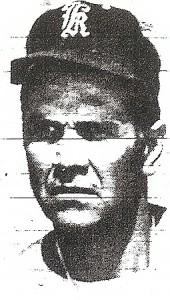
Slater, never one to duck controversy, railed that the “democratic” league vote was faulty because “there’s too much self-interest.”
The coach’s solution was a “dictatorship”. He favored allowing CIF commissioner Don Clarkson to select the teams. “He’d be fair and this type of thing wouldn’t happen.”
Kearny was flushed out by St. Augustine, 14-6, and San Diego had the last laugh. The Cavers, behind the thrusts of Robert Jones, cousins Lee and Paul Davis, and Arnold Miller, rushed for 321 yards and ran St. Augustine into a 31-7 submission in the City final.
Four running backs! Shades of the Duane Maley Cavers of the ‘fifties.
The Eastern League had gotten it right.
SEA OF WHITE
Greg Durrant was a fledgling teenager and his parents helped guide Greg’s passion for football, taking the youngster to all 11 Castle Park games.
According to Durrant, citing the Castle Park Trumpet newspaper, the Trojans were the first high school team in the country to be outfitted with white shoes, joining the pros’ Joe Willie Namath and Fred (The Hammer) Williamson as history makers of this color footwear.
When Castle Park came out on the field for the pregame warmup before their kickoff against Morse, the Trojans were in all white.
“Morse thought Castle Park was wearing only socks,” remembered Durrant.
The Trojans scored a 24-0, opening game victory in a battle of 1968 conference champions, then ran off nine more victories in a row.
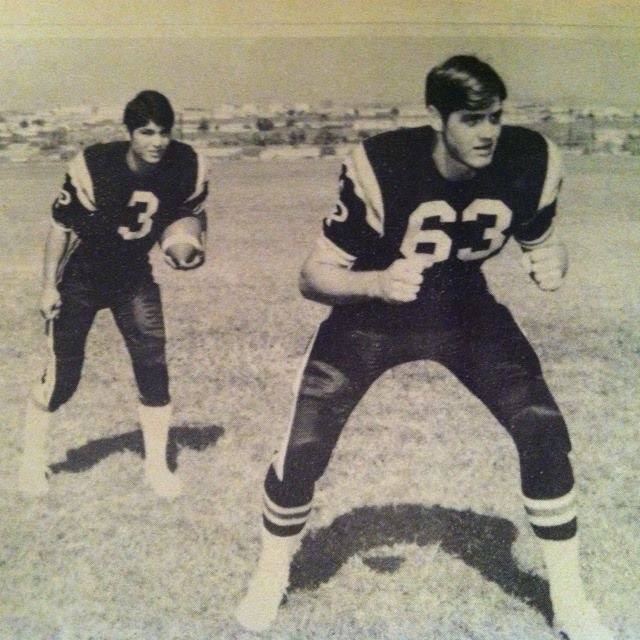
COUGARS CLAW BACK
Escondido fell behind, 27-14, in the second quarter but finally knocked out Castle Park, 35-33, in the County final at Aztec Bowl.
Escondido coach Chick Embrey called a quarterback sneak as the San Diego Section championship ended before 13,572 at San Diego Stadium. This after the Cougars had tied San Diego with 2:09 remaining.
“Sure, I’d be in favor of sudden death,” said Embrey, fearing the worst after a series of mishaps leading up to the last play, “but it’s unfair to say we were playing for a tie.”
The 21-21 deadlock was only the third in Embrey’s 14 seasons and 136 games as Escondido coach. San Diego had a 17-7 advantage in first downs.
“A” GETS SQUARED AWAY
For the first time since 1966 the Southern League was able to formulate a true playoff bracket.
The eight-team circuit (three would be added for other sports) was divided into two divisions, with each division’s winner meeting in a championship game.
La Jolla Country Day, San Miguel School, Army-Navy, and San Diego Military were in the Coastal Division and Borrego Springs, Mountain Empire, Julian, and Ramona comprised the Mountain Division.
Ramona (6-3) topped Army-Navy (3-5), 32-0, for the title.
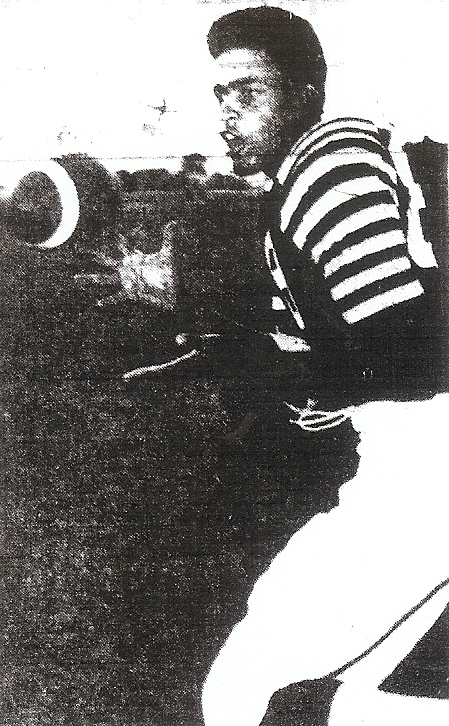
FOR ONE OR FOR TWO?
That was a new and often anxious decision awaiting coaches.
Eleven years after the colleges, nine years following the American Football League, and 25 years before the NFL, the nation’s high schools, including the 48 football-playing squads in the San Diego Section, opted for the rule allowing the two-point conversion try following touchdowns.
Football scientists over the years determined that the 2-point option probably is successful 50 to 55 per cent of the time, depending on time and situations in the game.
Accordingly, San Diego Section teams attempted 22 two-point attempts and converted 12 on the first weekend of games. The success rate was 52.2 per cent.
PASSES MORE SUCCESSFUL
Teams were good on 7 of 10 passing attempts and 5 of 12 running attempts. None of the successful two-pointers played a direct role in the outcome of the game.
The traditional, one-point kick still was en vogue.
Mission Bay’s Mike Marquez, who scored touchdowns on runs of six and nine yards, booted two points after to give the Buccaneers a 14-13 victory over Mar Vista.
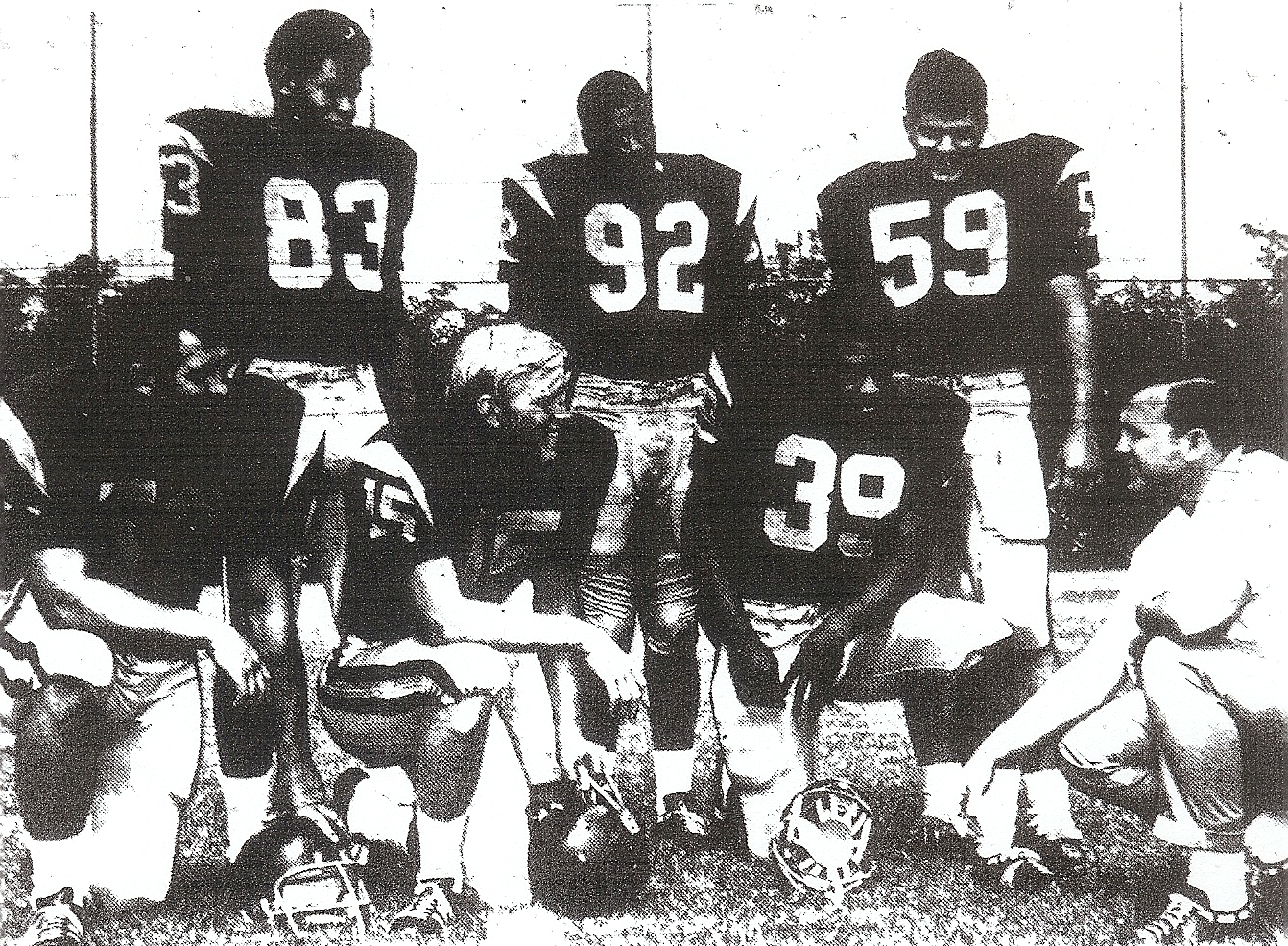
MORE PLACEMENTS?
Kicking also was going to become more optimal, suggesting a long-delayed acknowledgement of the vintage and mostly unused field goal.
Goal posts were being widened from the existing 18 feet, 6 inches, to 23 feet, 4 inches, in compliance with National Collegiate Athletic Association guidelines.
Football cleats also would be reduced from 7/8-inch to ½-inch in an effort to decrease knee injuries. The goal posts and cleats would be implemented gradually but become mandatory by 1971.
‘SIXTIES FAVORITES
Kearny’s season came to an abrupt end but the Komets and Escondido, completed the first decade of the CIF San Diego Section as the preeminent teams from 1960-69:
| TEAM | RECORD | COACH | |
| Kearny | 68-23-5 | .719 | Birt Slater |
| Escondido | 67-29-3 | .687 | Bob (Chick) Embrey |
| Oceanside | 64-26-5 | .692 | Herb Meyer |
| Helix | 62-25-2 | .701 | Dick Gorrie, Warren Vinton, Al Hammerschmidt |
| Lincoln | 61-27-4 | .677 | Shan Deniston, Earl Faison |
| University | 56-29-5 | .640 | Robert (Bull) Trometter |
| Grossmont | 55-25-1 | .688 | Ken Maynard, Sam Muscolino, Pat Carroll, Pat Roberts |
| St. Augustine | 55-33-3 | .636 | Tom Carter, Ed Doherty, Joe DiTomaso |
| Point Loma | 54-32-6 | .607 | Bennie Edens |
| Carlsbad | 53-35-3 | .592 | Sveto (Swede) Krcmar |
GROSSMONT ROLLS NINE
A state CIF decision near the end of the summer allowed the Grossmont League to count its preseason carnival as a scrimmage.
District schools now were allowed to schedule a ninth regular-season game. The ninth annual Grossmont League carnival, which spun off the original Metropolitan League carnival that began in 1956, attracted almost 12,000 persons to Aztec Bowl.
SOUR ON CARNIVAL
But the carnival “leaves most of the league’s coaches cold,” said the Evening Tribune’s Jack Williams. “I’d play my JV if I could get away with it,” said one coach.
A complaint that dated to the City Schools’ carnival in the 1940s was that teams often had to play full games the next day in order to fill nonleague schedules.
Coaches worried about the quick turnaround and carnival injuries and deplored the interruption of season preparation.
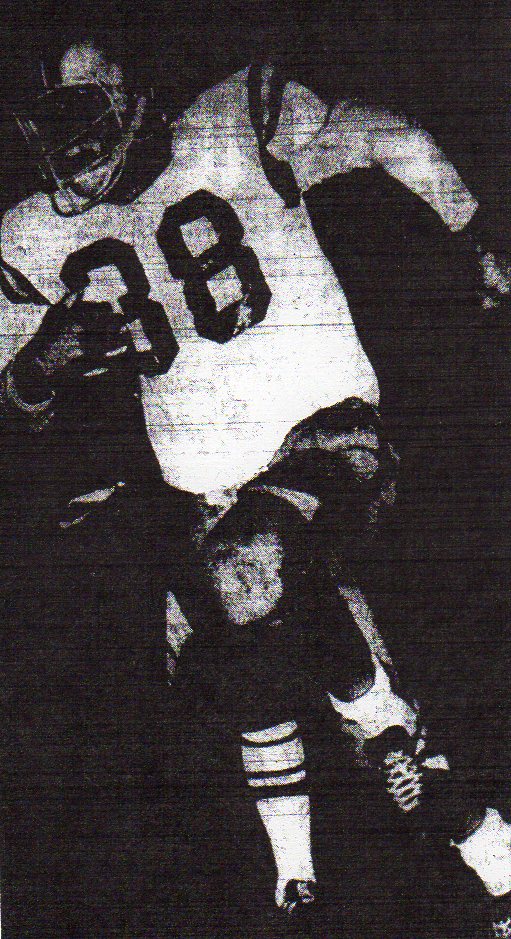
CITY RESET?
A City Schools carnival comeback?
No, but it was under consideration because of the rising cost of athletic programs.
The City Schools carnival, a September fixture since the second carnival in 1940, was discontinued after the 1962 contest when schools asked for, and were granted, the option of scheduling a ninth game, according to Bill Center of The San Diego Union.
But a strong contributing factor to its demise was that the carnival also had become a hot potato for city honchos as rowdiness and violence in and around Balboa Stadium seemed to occur each year.
The carnival had been under the lights since its origin at the end of the 1939 season until moving to the afternoon in 1959. Program costs were such that numerous budget measures were on the table, including, but not confined to, the scary idea cutting of coaches’ game film and equipment.
STARS AND SONS
Castle Park standouts included future NFL first-round draft choice Steve Riley, a tackle out of USC, and future Metropolitan League coaches George Ohnessorgen and Andy Sanchez.
Another lineman was Coronado’s Ken Huff, who did not make the all-San Diego Section team but became a first-round selection after playing at North Carolina. Coronado’s quarterback was George Murphy, son of a former USC player and longtime NFL game official.
Fallbrook quarterback Eddie Feigner was the offspring of the world-famous fast-pitch softball star of the same name.
Point Loma tight end Peter McNab was the son of San Diego Gulls hockey coach Max McNabb and a future, 15-season NHL player.
Mar Vista quarterback and all-purpose Gene Alim, who went on to dominate the 1980’s as head coach at Sweetwater, may have intercepted as many as 12 passes from his safety position. Years later Alim was reported to have ended his career with a CIF record-tying total of 22.
Alim’s three field goals, from 15, 21, and 17 yards, were enough for Mar Vista to defeat Coronado, 9-7.
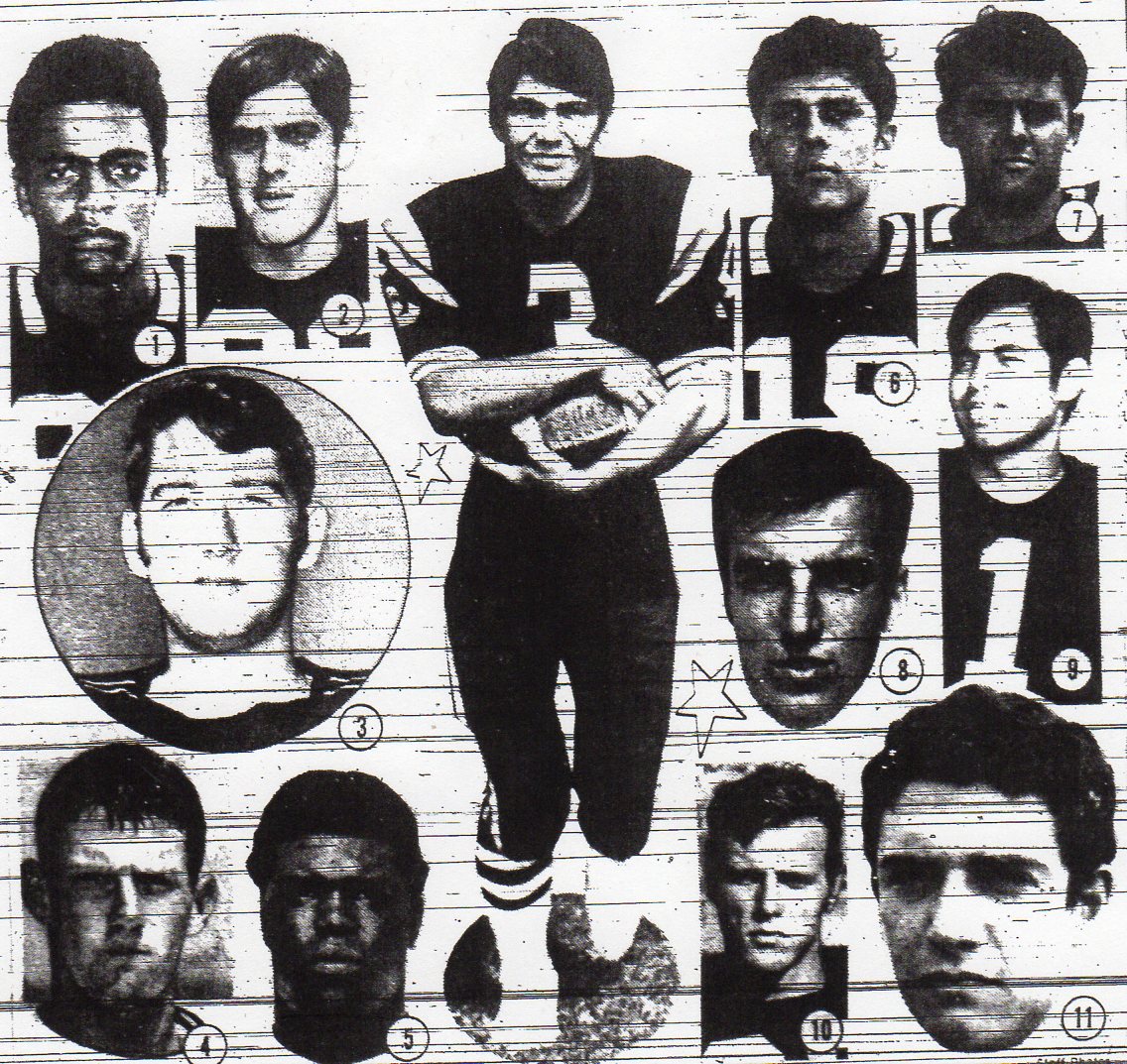
Kearny wide receiver Dwight (Shaky) McDonald went on to play at U.S. International in San Diego.
McDonald’s senior season was across town at San Diego State. Dwight led the nation with 86 catches in 1974 and caught the eye of NFL scouts.
He signed as a rookie with the San Diego Chargers and played four years with the local pros.
David Plaut was the student representative from Patrick Henry High, reporting on Patriots games to the Union. Plaut followed a journalism path at Northwestern University and enjoyed an award-winning career as a writer and director for NFL Films in Mt. Laurel, New Jersey.
HIATUS FOR PALOMAR
The unwieldy Palomar League, featuring Marian in South County, Ramona in the East County, and Army-Navy and San Marcos in North County, shut down, to return in a subsequent year.
While Ramona and Army-Navy stayed together in the Southern League, in separate divisions, Marian found residence in the Metropolitan League and San Marcos in the Avocado.
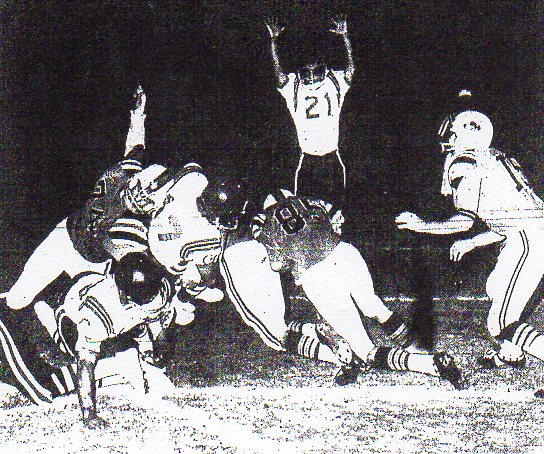
HENRY JOINED BY PARKER
The Patrick Henry Patriots played a complete varsity schedule in their second year and in the school’s first year with sophomore, junior, and senior classes.
The Francis Parker Lancers teed it up for the second time in the school’s 57-year history, playing a junior varsity schedule. The school, then located in Mission Hills, played an abbreviated schedule in 1924.
MIKE’S NO FAKE
Sweetwater’s Mike Faketty, a 6-foot, 2-inch, 220-pound tackle, recovered a fumble, sacked the quarterback twice, blocked a punt, was in on 11 tackles, and provided the essential block on a touchdown run.
“It was the finest game I’ve seen a linemen play in the four years I’ve been here,” said Red Devils coach David Lay.
Faketty’s fury was directed at Mount Miguel, a 30-0 loser to Sweetwater.
In the Red Devils star system, which awards outstanding performance, Faketty received five stars. “Nine or ten is the most we’ve had, in a whole year,” Lay told writer Jack Williams.
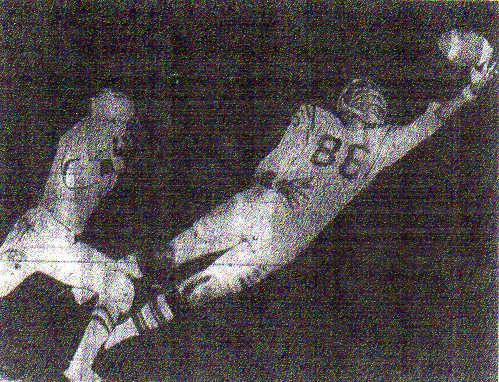
WELL TRAVELED
Marian’s new coach, Bill Craven, was at Buena Park High in 1968 after stops at Norwalk Excelsior, Artesia, San Juan Capistrano (now San Clemente), and Garden Grove Bolsa Grande.
Craven moved on again following the overmatched Crusaders’ 0-9 debut in the Metropolitan League.
QUICK KICKS
When you’re winning you can say almost anything, witness Grossmont coach Pat Roberts’ description of his linemen for Union writer Bill Center: “We’re so slow we’d drown in a car wash”…Hilltop’s A.J. (Art) Sisk resigned about a week before the season to take a job in the publishing business…Byron Meyers replaced Sisk, who was 29-24 in six seasons…coach Scotty Harris on San Diego High’s defense, to Bill Finley: “They don’t care about their lives. They just throw their bodies at the ball”… Helix coach Al Hammerschmidt estimated that quarterback Steve Coover threw almost 3,000 passes since the end of the 1968 season and before the start of September practice…La Jolla fans were cheering hurrah when Jim Harrah was on the field…the riffs in the Sweetwater offense were orchestrated by sophomore quarterback Steve Riif…Brad McRoberts went from being a quarterback at El Cajon Valley in 1968 to a tailback-linebacker at Santana this season…Mount Miguel coach Ben Cipranic listed nine assistant coaches on his staff, including Duane Freeman, a star on the 1960 team…after a 0-0 first quarter, Castle Park savaged Marian, 54-0, setting a school record for most points and amassing 524 yards in total yards…three Castle touchdowns were called back by penalties…Coronado’s 63-0 victory over Army-Navy represented the most points by the Islanders since a 73-6 win over La Jolla in 1929….